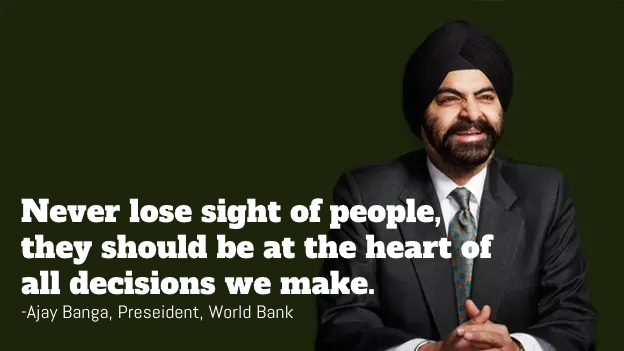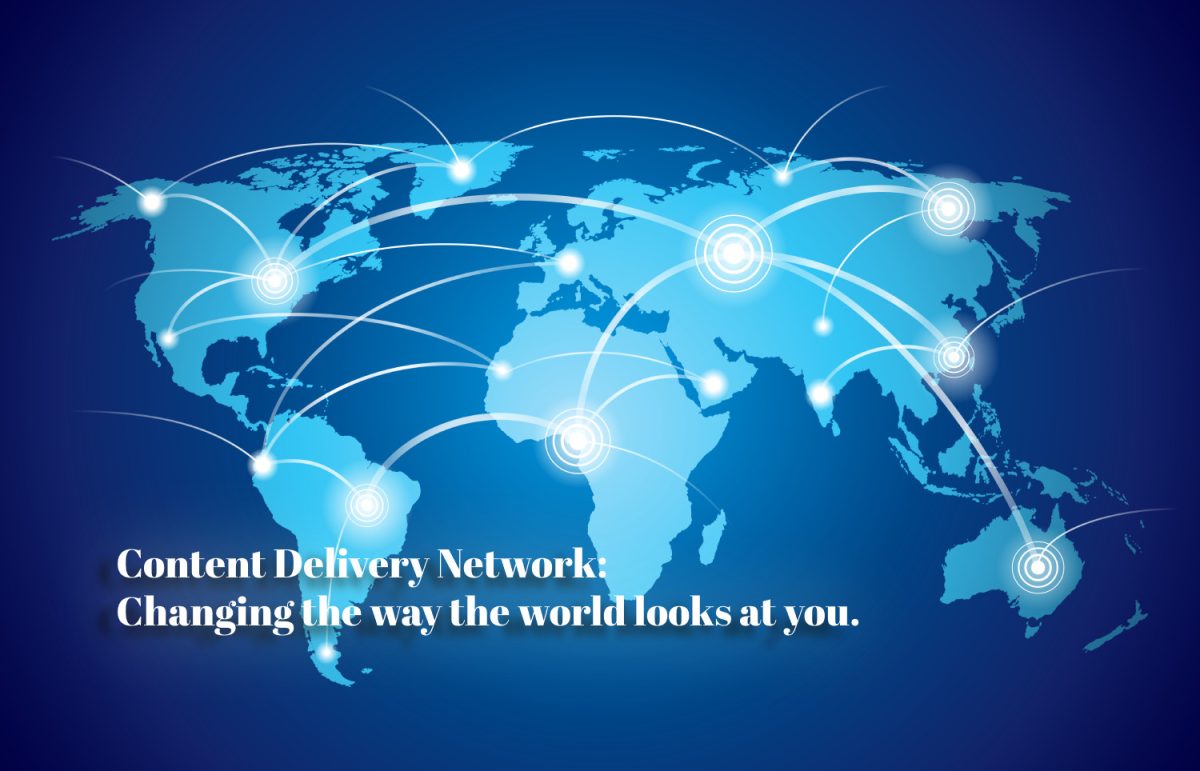Ajay Banga, the former CEO of Mastercard, was appointed as the President of the World Bank Group in May 2023. With his extensive background in financial technology and digital payments, he is expected to bring a strong focus on technology-driven solutions to global economic challenges. In this essay, I will discuss how Mr. Banga is likely to change world economics by implementing technology, supported by data and examples.
Firstly, Ajay Banga is expected to leverage technology to promote financial inclusion and reduce poverty. According to the World Bank’s Global Findex Database, 1.7 billion people worldwide lack access to formal financial services, and the majority of them live in developing countries. This has a significant impact on their ability to save, invest, and access credit, which can perpetuate cycles of poverty. Mr. Banga has already highlighted the importance of digital financial inclusion, stating that “access to digital financial services can help to level the playing field for people and small businesses.”
To achieve this, Mr. Banga is likely to focus on expanding the use of digital payments and mobile banking. For example, the World Bank’s Partnership for Financial Inclusion aims to reach 1 billion unbanked individuals by 2028 through partnerships with governments, private sector companies, and development organizations. By promoting the adoption of mobile money and other digital payment platforms, Mr. Banga hopes to improve financial inclusion and reduce the cost and complexity of traditional banking services.
Secondly, Ajay Banga is likely to use technology to promote sustainable development and reduce the impact of climate change. The World Bank Group has set ambitious targets to increase its climate finance investments to $200 billion over five years, with a focus on supporting low-carbon, resilient development. Mr. Banga has expressed his commitment to promoting sustainable economic growth, stating that “climate change is the defining challenge of our time.”
To achieve this, Mr. Banga is likely to promote the use of technology to support renewable energy, climate-smart agriculture, and sustainable infrastructure. For example, the World Bank’s Lighting Global program has helped to provide access to clean, affordable lighting to over 120 million people in off-grid areas through the use of solar power. Similarly, the World Bank’s Climate-Smart Agriculture Investment Plan aims to help smallholder farmers adopt climate-smart practices and technologies to increase their resilience to climate change.
Finally, Ajay Banga is likely to use technology to improve the efficiency and effectiveness of the World Bank’s operations. The World Bank has faced criticism for its slow and bureaucratic processes, which can hinder its ability to respond quickly to global economic challenges. Mr. Banga has acknowledged this, stating that “we need to be agile, quick, and adaptive.”
To achieve this, Mr. Banga is likely to promote the use of data analytics, artificial intelligence, and other advanced technologies to improve the World Bank’s decision-making processes and enhance its operational efficiency. For example, the World Bank has already launched several initiatives to improve the collection and analysis of data, such as the Global Financial Development Report and the ID4D initiative, which aims to promote the use of digital identification systems to support financial inclusion and other development goals.
In conclusion, Ajay Banga’s appointment as the President of the World Bank Group represents a significant opportunity to leverage technology to address some of the world’s most pressing economic challenges. By promoting digital financial inclusion, supporting sustainable development, and improving the efficiency and effectiveness of the World Bank’s operations, Mr. Banga is likely to have a significant impact on the global economy. However, the success of these initiatives will depend on the World Bank’s ability to work effectively with governments, private sector companies, and development organizations, and to ensure that the benefits of technology-driven solutions are shared widely and equitably.



